Waking up early in the morning after a great party is never easy, but a crowded conference hall of London’s Congress Centre proved what we already knew – SEOs love challenges.
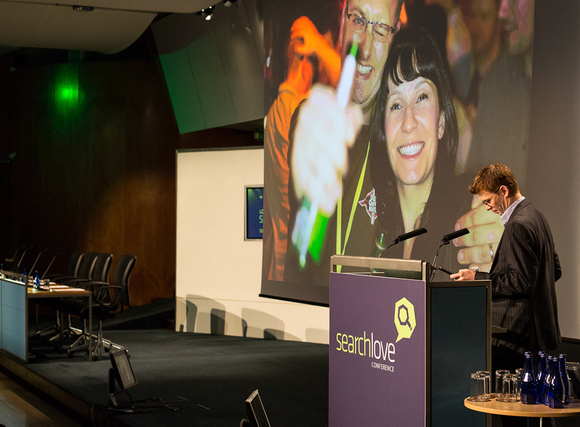
Duncn Morris and the pictures from last night’s party

Getting ready for another day at the conference
The Need to Know of Local SEO – David Mihm, GetListed.org
David Mihm, the President & CEO of GetListed.org, kicked off the second day of the conference with a fast-paced, but also a very interesting lecture on the Local SEO trends. I guess you are all familiar with Google’s latest algorithmic updates that affected search results in significant ways, the major ones being Panda, Penguin and Venice. While the Panda update focused on duplicate content and spammy outbound links, Penguin targeted mainly inbound links and Venice focused largely on local search. As one of the best Local SEO practitioners, David tried to explain what impact Venice had on the businesses. Simply put, Google must be able to identify your location, which is displayed in the left column of your Google search screen. This gives the company the opportunity to be found more easily by potential customers in their geographical location. Therefore, it is possible to say that it’s more important than ever that Google is able to associate your +Local page with your website.

David Mihm
Some of David’s tips:
- even though links are still important, you do not need many of them to be able to compete with your competitors; 3 or 4 quality links are typically enough to get to the top of the rankings
- if a business is a multi-location one, each store should have its own page
- there is a trend towards decreasing the importance of keyword anchor text and an increase of branded anchor text
- location prominence – make sure that your business has at least one amazing link or citation
- use links with “local scent”, e.g. guest posts on local blogs
- links with a “local scent” for larger companies – leverage internal linking, leverage corporate blog, leverage social channels, host events, sponsorship
- citations (name, address and phone number) have become a very important factor in Local; the more citations you have, the more popular the business appears to be for Google
- niche citations are often the differentiating factor for small businesses
- in case of difficulties with citation, you need to clean up your data, search for duplicates at Google maps, click “report the problem”, create a strong MapMaker account (not yet available in all countries) and claim bad listings
- reviews are increasingly valuable for any business; choose quantity over quality because even a few negative reviews aren’t likely to kill your business
- build relationships with power reviewers; you can find them on topsy by searching or follow popular twitter accounts in your town using Followerwonk
How we Build Links at SEO gadget – Richard Baxter, SEO gadget

Richard Baxter
You can optimise everything. That’s the motto Richard Baxter lives by. In his 45-minute talk he gave us tips on how to find and approach our target markets. Even though we never know who our real audience might be, we need to identify our target segment somehow and find out who or what influences them. The scheme of really targeted outreach is simple: identify the influential people from which you may derive certain behavioural data -> identify the influencer intersection using Followerwonk -> find out what they are sharing -> select the “followed by both” link -> contact people who might be interested in sharing your content. A simple idea, but definitely effective.
Richard’s pro tips:
- Use TinEye Reverse Image Search to track down people who are using your images and ask them to link to you (if they haven’t already done so)
- the similar applies to link reclamation
- survey influential people – reach them and spread your content, get mentions
Conversion Tracking & Online/Offline Attribution – Lauren Vaccarello, Salesforce

Lauren Vaccarello
Lauren is an online marketing professional based in San Francisco. She decided to talk about online and offline data integration and its positive effect on annual revenue and ROI ranking. As she concluded, data integration is hot. Her top 3 advice tips:
- Use offline data to optimize online campaigns.
- Look at all marketing touches to determine ROI
- Rinse and repeat
The Unexpected Value of Creating Things – Dave Peiris, SharkSEO.com

Dave Peiris
As a creator of HackerBuddy.com and searchga.me Dave knows how to create useful content. First of all, he shared actual examples of websites that create exceptional value. Among these were LetsFreckle.com, evrytimezone.com, Basecamp, mozcast.com or tools.pingdom.com.
He also provided a couple of tips on how to build successful site projects:
- find something specific that your audience would consider useful
- build your email list
- start with a prototype
- be fast, everything is about speed
- work in small teams, nothing good has ever been designed by a committee
- come to launch
- offer your story to the press
- don’t neglect the little guys, cooperate with smaller businesses or individuals
- ignore famous journalists – they won’t have time for your project
- use followerwonk.com
- don’t get discouraged when something fails
- promote new features
- run a tech blog, it will certainly attract other developers
International SEO: One Size doesn’t Fit All – Lisa Myers, Verve Search

Lisa Myers and audience

Lisa Myers
Norwegian-born Lisa Myers came to talk about an internationally targeted SEO strategy. Her first topic was geo-targeting, within which she recommended growing businesses to use ccTLDs or country code top-level domains to get properly indexed by Google. This is especially important if they have their offices in a relevant country especially if they also have marketing budgets in those countries (or in house capabilities). Using subfolders was recommended for businesses with budget restrictions, no local marketing, sites that will never have local offices or informational sites such as Econsultancy. Subdomains are technically somewhere between ccTLDs and sub folders, but they are not an ideal solution because despite an easy implementation they don’t benefit from link power.
Lisa’s top tips:
- create spearate sitemaps for differend folders on the same doimain, e.g. site.com/de
- hreflang attribute is a way of telling the search engine this is a different language version of a page
- hreflang won’t make your site rank higher -in Google search the URL changes, but meta stays the same
- if the content is largely similar, Google doesn’t change neither the title nor meta information, therefore, have the content unique
- usign hrefland together with canonical makes only makes things more complicated
- use appropriate language. If you want traffic from Germany, speak German. Sites with German content are also believeved to be targeting Germany
- having links from other sites in the language that you want to rank in is extremely important.
- don’t use big brands such as Nike as your guide
- don’t use Google Translator for translation of your content
- adjust methods – one method is going to work in Scandinavia, but it may fail in Spain
- in terms of content, do not be afraid to reuse ideas or even translate articles (the magazine industry does this all the time)
Building an Outsourced & Automated Infrastructure from Scratch – Paul Madden, Automica Limited

Paul Madden
Lisa’s lecture was good, but the best was yet to come. Paul Madden brought bags of energy, experience and good humour to the Congress Centre. It was difficult not to laugh at some parts of his presentation, which was a big plus. He talked mainly about data collection, which is an essential part of SEO. The process of collection can be described in four simple steps: finding sites, contacting them, managing responses and placing link or content on these sites. It is also important to:
- hire a team of people,
- appoint a team leader and a team manager,
- make them your sole point of contact,
- spend time training just these people
- secure the people who know the value of the data
- train the trainer (do not do mass training because you’ll never remove yourself, train with the team leader or manager only)
- show everyone that you are in control
If everything goes according to a plan, data will soon start to come in. Once the team is well established and has an understanding of the process, you can add automation, remove yourself and run a happy and healthy business.
The Building Blocks of Great Video – Phil Nottingham, Distilled

Phil Nottingham
I am not sure why, but when I first saw Phil I knew immediately that his performance would be entertaining. And I was right. His talk about the place of video in the world of SEO was great.
There are two ways of thinking when adding videos to websites. The most common practice is to create a video because the web page needs it. On the other hand, good practice goes something like this: we need more content –> what is the best form of that content –> we will make a video.

One of the attendees taking notes
Video is only successful if it goes viral and thus needs to be shared, you need to put it pretty much everywhere, spread it. YouTube is now the second largest search engine, it is something like an inbound TV, so that might be a great starting point. If you are not present there, you actually don’t have a strategy.
Phil’s advice:
- don’t publish conversion video on YouTube, it cannibalises the rankings for your own site and devalues it
- don’t use the iframe option, iframes aren’t ranked by Google
- embed the video on the page you want to rank
- create video sitemaps and provide Google with video metadata
- define the video image thumbnail
- link to on-site profiles
- invest in lights and microphone instead of a camcorder
- include keywords in your video file name for better ranking
- measure user engagement on videos, not views
- make sure links only go to your site, not the hosting platform
Eating CRO: Real World Case Studies for 20 – 100 % Increases in Revenue – Patrick McKenzie, Kalzumeus

Patrick McKenzie
Patrick is the owner of Kalzumeus Software who occasionally consults for his clients on SEO, optimizing web sites or software products for conversion. Therefore it was not surprising that his presentation was a lecture-integrated case study. He explained how important the client’s first experience with their software is because 40 – 60% of trial users never come back. Unfortunately, this rule doesn’t only apply to software industry, but it is generalizable across all industries.

Lisa, Justin, Richard and Will discussing the latest SEO trends
After last year’s success, the organizers decided to add panel discussion to the official conference schedule, so the day ended with Will Critchlow, Lisa Myers, Justin Briggs and Richard Baxter discussing the latest news, updates and predictions from the world of SEO.
On behalf of Foliovision I would like to thank our friends at Distilled for putting on such a great show with so much value. We will definitely be back next year.

Alec Kinnear
Alec has been helping businesses succeed online since 2000. Alec is an SEM expert with a background in advertising, as a former Head of Television for Grey Moscow and Senior Television Producer for Bates, Saatchi and Saatchi Russia.
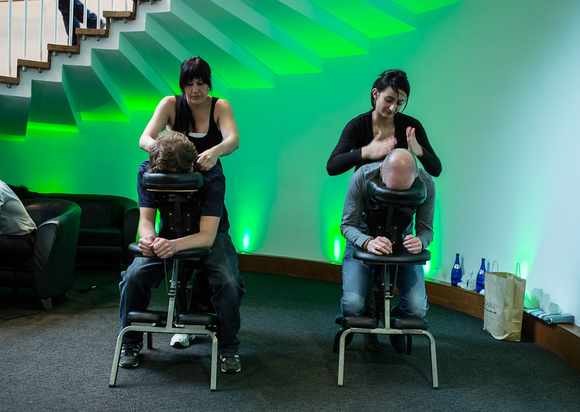
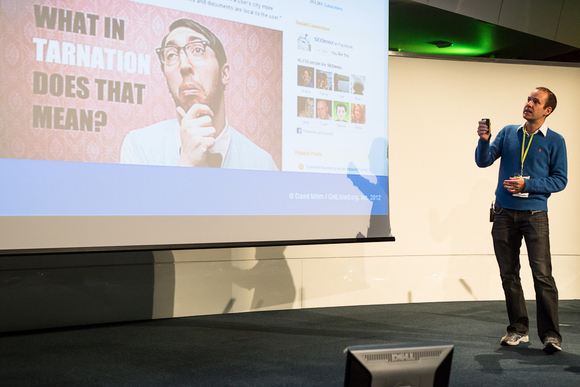
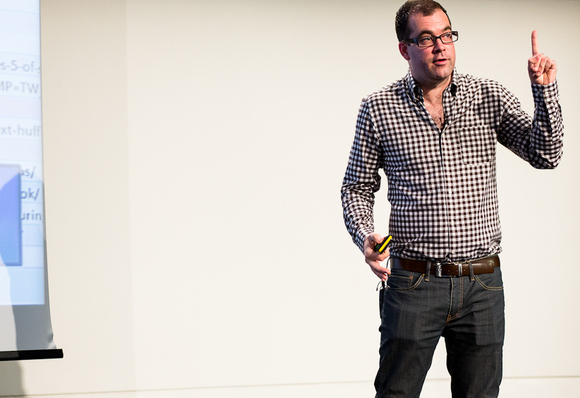
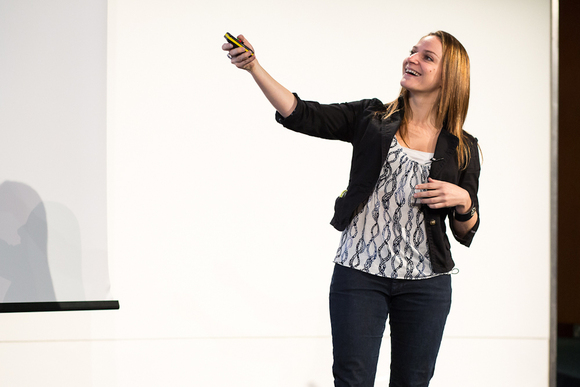
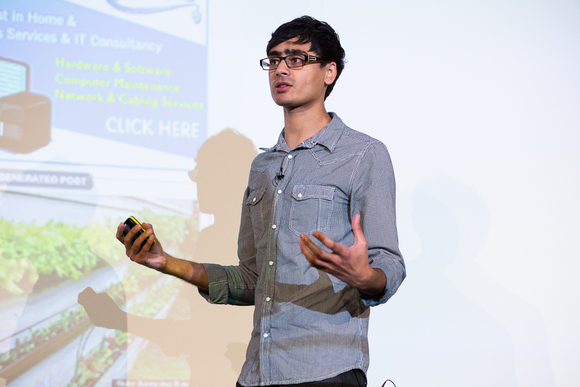
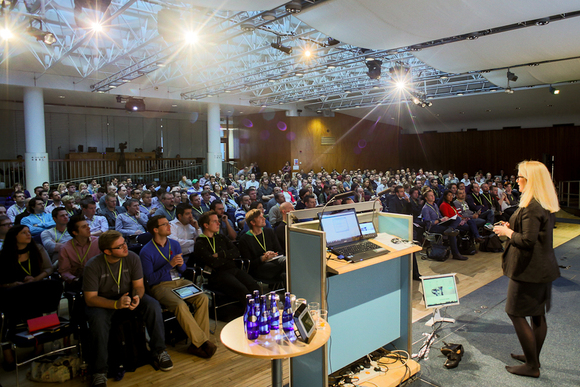
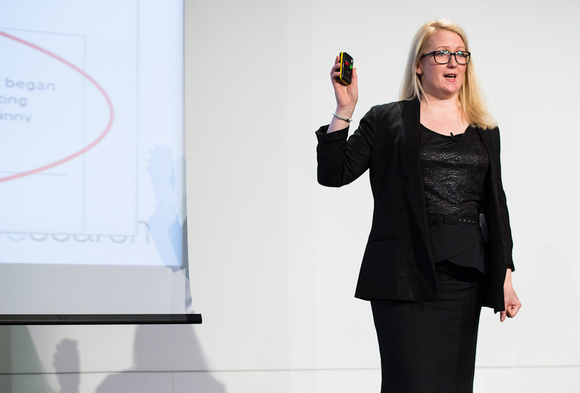
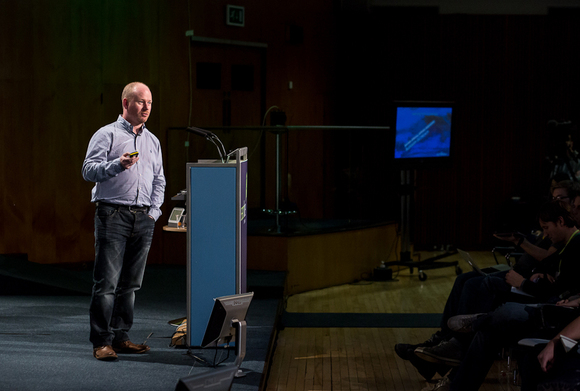
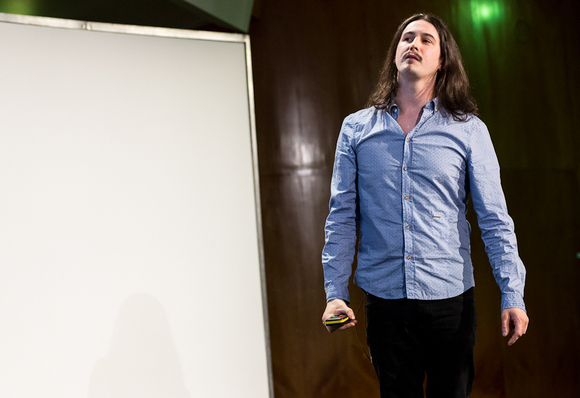
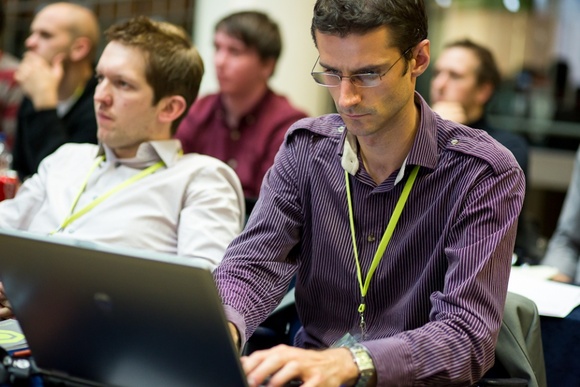
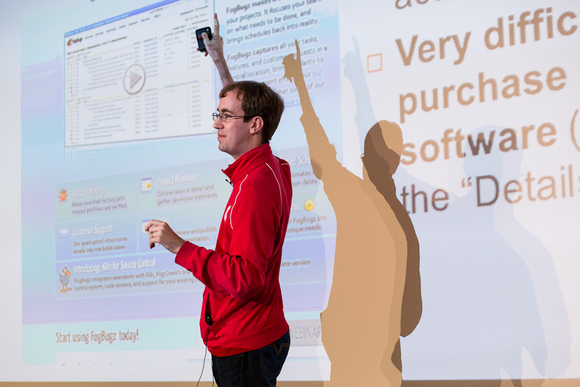
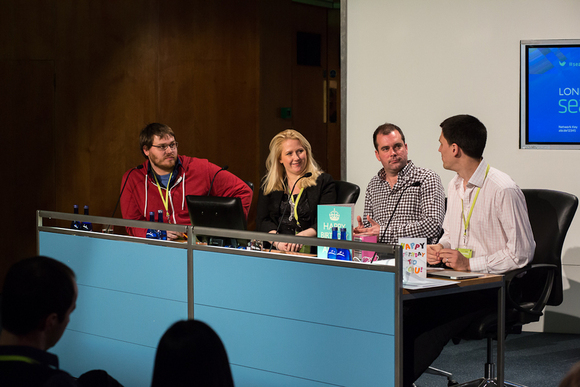
Leave a Reply